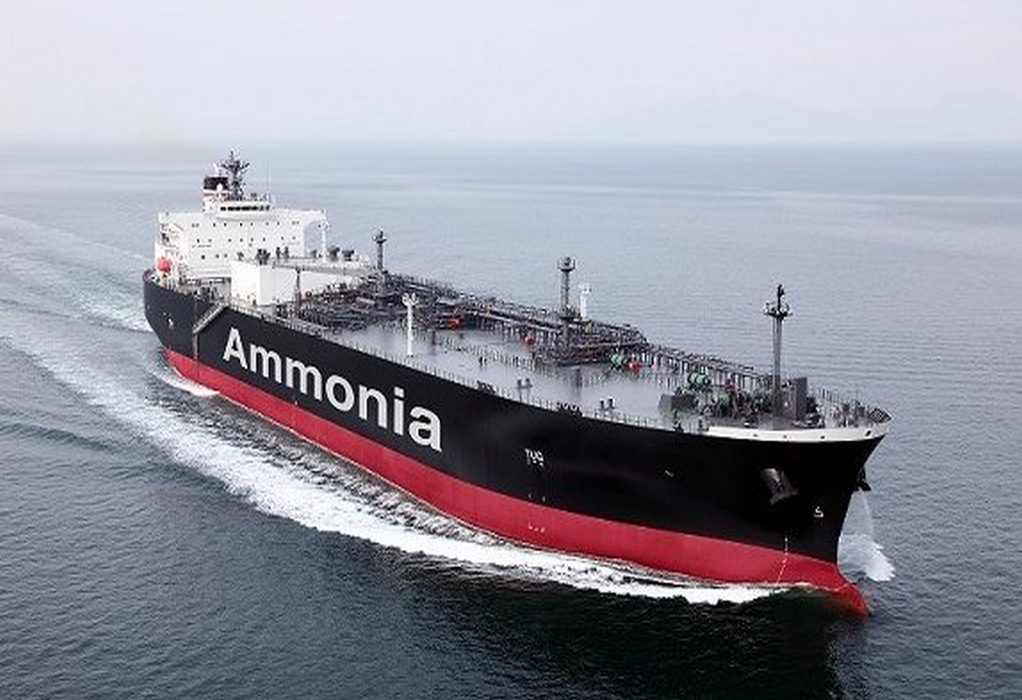ABS is providing New Technology Qualification (NTQ) services for pioneering subsea storage technology from NOV.
The Joint Development Project (JDP) includes NOV, ABS, Equinor, Shell, The Research Council of Norway and The Net Zero Technology Centre. This project unites a group of industry leaders actively enabling an economical subsea storage solution for the market.
The subsea technology brings a new and unique solution for the safe storage of larger volumes of fluids such as enhanced oil recovery (EOR) chemicals, production chemicals, oil, condensate, and maritime fuels. The subsea storage system is being designed to be placed at any water depth and adjusted in capacity depending on customer requirements.
The industry-leading NTQ process from ABS offers guidance on early adoption and efficient implementation of new technologies – demonstrating their level of maturity – and that potential risks have been systematically reviewed.
“We are excited to collaborate with NOV and the other project partners on this new technology. It has the capacity to add flexibility to an operator’s logistical package, especially when topside space is limited, and to improve the overall safety profile of upstream storage needs. Our primary goal is always to work with the offshore industry to verify the components that will allow safe and reliable subsea development,” said Patrick Ryan, ABS Senior Vice President of Global Engineering and Technology.
“NOV is always focusing on developing purposeful and innovative technologies to support new opportunities in our customers’ energy portfolios. The subsea storage technology is one of those game-changing technologies, allowing the storage on the seabed of all type of fluids whether it is for the oil and gas industry, as an all-electric enabler, or e-fuels such as e-methanol and liquid ammonia for the rapidly growing shipping industry. We are thrilled to collaborate with ABS on this JIP, together with Equinor, Shell, The Research Council of Norway and The Net Zero Technology Centre towards qualifying the subsea storage technology that will enable a safer and low-emission future and contributing to the global greenhouse gas reduction strategy for both the energy and shipping industry,” said Jan Rytter, R&D Director, NOV SPS.
Source: ABS
Tags: ABS, Ammonia, NOV, Storage System, Subsea



Recent Posts
IMO leads global shipping toward NetZero transition with new regulations
MPA and Bureau Veritas Renew Partnership to Advance Maritime Digitalisation, Decarbonisation, and Talent Development
RINA Grants AIP for Dual Fuel LNG/Hydrogen-Powered Ultramax Bulker Design Developed by Almi Marine Management S.A. and SDARI
NH3 Clean Energy, Pilbara Ports and Oceania Marine Energy sign a Joint Development Agreement for the establishment of lowemissions ammonia bunkering operations
DP World advances green logistics with electric freight expansion at Jebel Ali Port
Yinson GreenTech and RMS Marine Partner to Advance Marine Electrification in Singapore
Two Damen Combi Freighters Launched for Fast Lines Belgium in China
Viking Line Unveils Concept for World’s Largest Fully Electric Passenger-Car Ferry